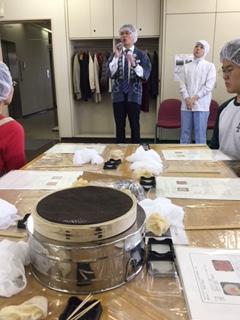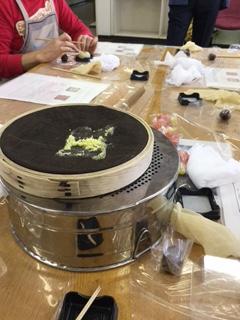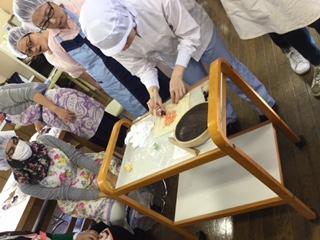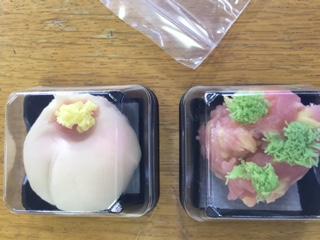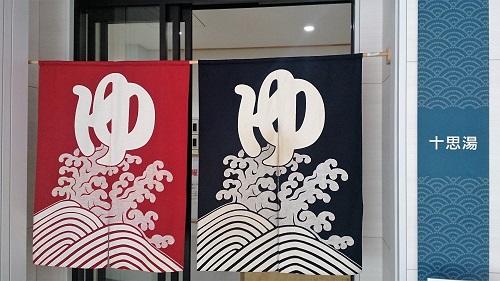On September 29, we heard about the food culture depicted in Ukiyo-e as the first Chuo-ku Cultural Lecture "Edo Food Seen in Ukiyo-e".
The lecturer was Shigeru Shindo, Executive Director of the International Ukiyo-e Society.
Beginning with Hiroshige's "Snow Brick Meashi", he explained the pictures depicting sushi, soba, eel, and tempura in an easy-to-understand manner.
Next time, on October 6th, "Japanese food is in Nihonbashi." I'm looking forward to it.
The second was the talk of four teachers on September 30 at the Nomura Building in Nihonbashi Muromachi as a commemorative lecture for the 4th autumn of the NPO Fermentation Culture Promotion Organization.
・The first one is Dr. Takeo Koizumi, "Mystery and Health Functions."
I've been making miso, dried plums, kimchi all the time, so I wanted to see you.
・The second one is "Sinki lactic acid bacteria" Dr. Hisako Yasui.
I learned about the wonderfulness of Kiso's pickled sinki.
・The third one is "About Fermentation of tempe and tempe bacteria" by Dr. Hiroshi Konno.
I was able to learn that the tempe has a better point than natto.
I've made it before, but it smelled out and failed.
・The fourth is "About the issuance of fire thighs and fermentation bacteria" Dr. Yutaka Waku.
Kinka Ham, which is manufactured in only five places in China.
During the talk of the tempe, raw tempe tasting was also performed, and it was delicious and eaten a lot.
I was able to listen to the live stories of wonderful teachers  for both days.
for both days.
I thought Chuo-ku was amazing .
.
